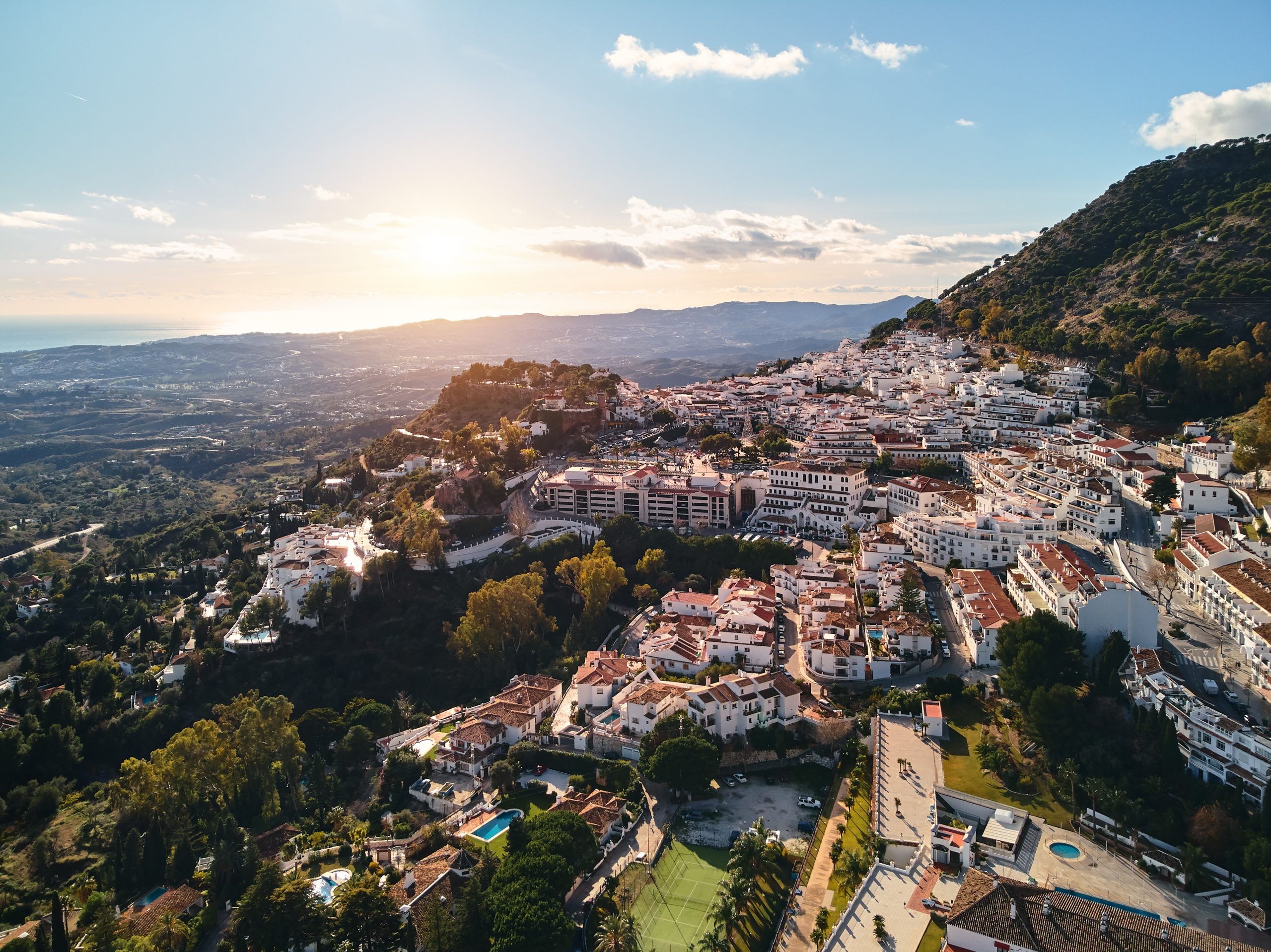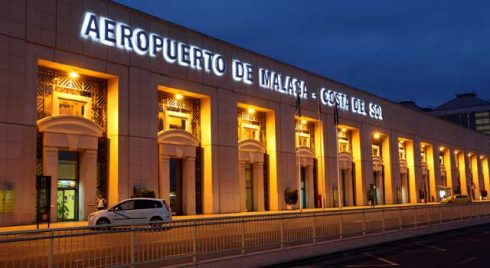OF ALL the possible images of Andalucia, the white village set against a mountainous landscape is one of the most iconic.
In provinces such as Cadiz and Malaga, the pueblos blancos shimmer blindingly under the Andalucian sun. They happen to be as pretty as a picture, but there are practical reasons for why they are white.
Between the 8th and 15th century, Andalucia was an Islamic kingdom, separated from the north of Spain which was ruled by Christian kings. During this period of division, the decision to use lime (or cal) to whitewash entire villages in Andalucia helped create a sense of unity between the Moorish pueblos.

Choosing the colour had practical as well as political benefits.
The bright white reflects the sunlight, keeping the houses cool during the hot summer months. The Moors had several ingenious strategies for combatting the Mediterranean heat, from building on the north face of crags to designing streets so narrow they were shaded by houses on either side, and using white was an integral part of their plan.
In the past, the whitewash that coats these buildings was made by artisan caleros from slaked lime, known to be both an effective insect repellent and a powerful disinfectant. During epidemics of yellow fever and plague, houses were whitewashed in an attempt to prevent the further spread of disease. While it’s uncertain whether this worked, it was a particularly valuable course of action during the cholera outbreak of the 19th century, when the highly alkaline properties of slaked lime proved effective in killing this particular bacteria.

So important was cal that UNESCO has granted the traditional method of its production ‘Intangible Cultural Heritage of Humanity’ status.
Today, most cal is industrially produced and the centuries old artisan practice is in danger of dying out – but not everywhere.
An hour’s drive from Sevilla, the Museo de Cal de Morón demonstrates the artisanal process.
It occupies a large area of 3,000 m2. Visitors can see two fully restored, traditional 19th century lime kilns and a shed called ‘Del Caler’ built at about the same time and made with materials from the period.
Both the shed and all the buildings in the museum retain the decoration and utensils characteristic of the period.
The museum has an interpretation centre and projection room, where visitors will learn first-hand the whole process of lime production and how its impact on Andalusian culture has made it a world-famous symbol of the region’s identity.
READ MORE:
- Why these pueblos in Spain should be on your travel bucket list this summer
- SPAIN TRAVEL: Eight interesting villages to put on your Andalucia bucket-list
- Stained brown: Spain’s ‘white villages’ call for help to clear up after Sahara sandstorms








